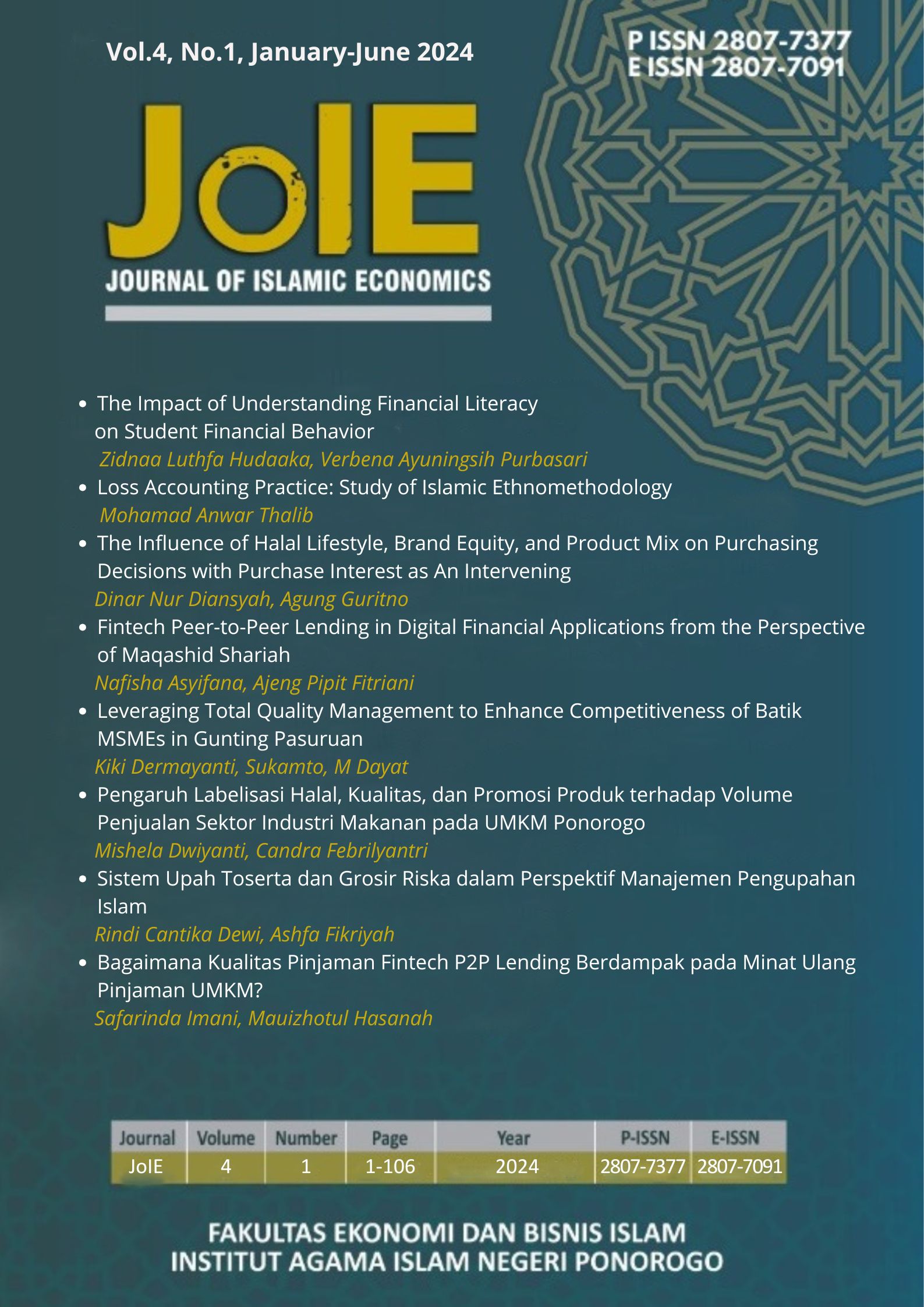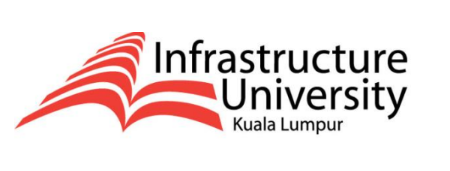Bagaimana Kualitas Pinjaman Fintech P2P Lending Berdampak pada Minat Ulang Pinjaman UMKM?
DOI:
https://doi.org/10.21154/joie.v4i1.9225Abstract
Introduction: During the COVID-19 pandemic, many MSMEs struggled to continue their business due to capital and marketing difficulties. The fintech financing model has emerged as a new option, and its development under OJK supervision requires evaluation to determine its long-term or short-term effects. Research Methods: The study uses Vector Auto Regression (VAR) with Eviews9. Data includes primary and secondary sources. MSME Borrower interest is measured using a Likert scale, while Current Loan Ratio (X1) and Bad Loans Ratio (X2) are obtained from monthly P2P Lending fintech reports by OJK (2018-2020). Results: The cointegration test shows that Current Loan Ratio (X1) and Bad Loan Ratio (X2) do not have a long-term equilibrium with MSME Loan Interest (Y), indicated by the trace statistic being less than the critical value at 5%. The VAR model, using lag 1, indicates a negative relationship between Current Loan Ratio (X1) and Bad Loan Ratio (X2) with MSME Loan Interest (Y), with R-squared values of 0.377097 (38%) for Y, 0.458989 (46%) for X1, and 0.779722 (78%) for X2. Causality tests reveal no causal or two-way relationship between X1, X2, and Y. Conclusion: Non-performing loans do not have a long-term relationship with MSME borrowing interest. Many MSMEs fail to repay capital, discontinue their business, fail to make profits, go bankrupt, or do not understand P2P lending fintech procedures, complicating the process. Nevertheless, MSMEs can still repay or return capital per Fintech P2P lending regulations, despite occasional difficulties, especially during the COVID-19 pandemic.



















